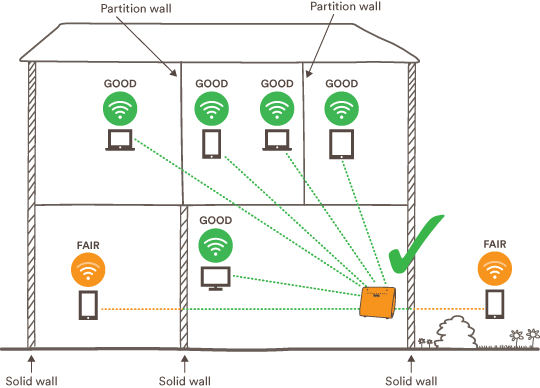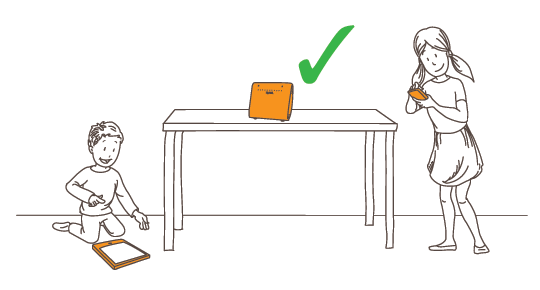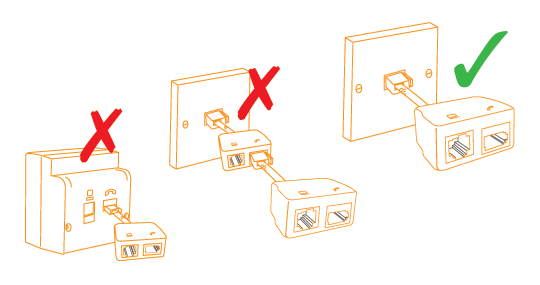How do I get the best Wi-Fi signal?
Written by KCOM Support on 11/06/2025. Posted in Broadband.
We thought it would be helpful to explain how to get the best Wi-Fi signal in your property, so we've put together this article.
Wi-Fi Optimization and Troubleshooting Guide
Introduction to Wi-Fi
Wi-Fi is a radio signal that allows you to connect your internet device to your KCOM router without wires. Most modern internet devices connect to your router using this radio signal, offering a convenient and tidy way to use the internet compared to traditional Ethernet cables.
As with radio signals, the further you are from the source (transmitter), the weaker the signal and the greater the chance of interference.
Did you know?
Just like any radio signal, Wi-Fi operates on different frequencies. When connecting your device to your KCOM router, you'll have the option of two frequencies: 5GHz and 2.4GHz.
5GHz uses tightly bunched wavelengths that are powerful but may not travel far, depending on obstacles.
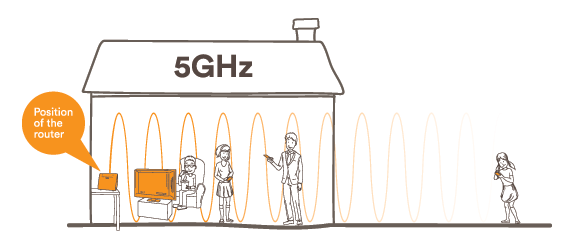
2.4GHz uses long, shallow wavelengths that can travel further, which is why the 2.4GHz network may be available in your garden or farther from the router, whereas the 5GHz may not.
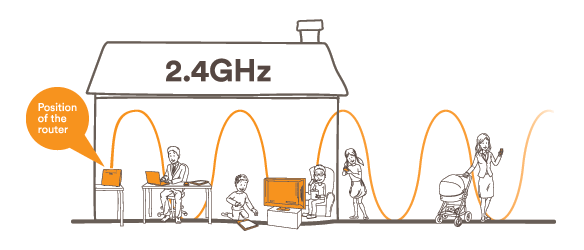
Where Should I Place My Router?
The speeds you experience over Wi-Fi will partly depend on where you place your router. We'll help you position your router in the best location, but as every house is different, you need to ensure your in-home setup is optimal.
Example of a Typical Setup
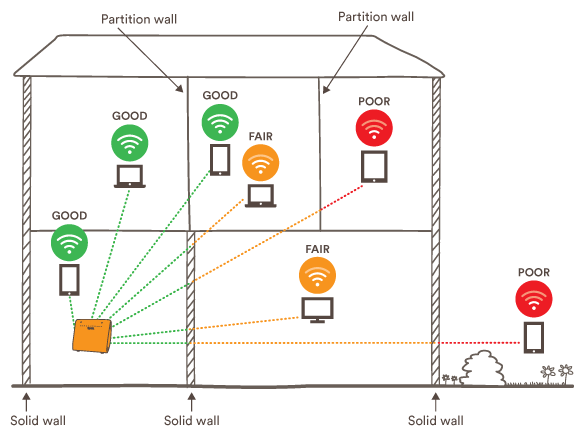
Importance of Router Placement
- We recommend placing your router in a central location in the house, plugged into your main broadband socket. This would be your ONT (Optical Network Terminal) if you have Lightstream, otherwise it will be your main telephone socket.
![Good Setup]()
- Although we recommend placing the router centrally, sometimes it's best to place it nearest to where you use it most. If you need to move your router, call us at 01482 602555.
- Keep your router off the floor, well-ventilated, on a solid surface, in the open, and away from other electrical appliances.
![Off The Floor]()
- If required, make sure your microfilters are fitted correctly. Refer to the guide provided with the router for details. Not all Lightstream connections require microfilters - check the guide with your router.
![Microfilter]()
Did you know?
It's best to leave your router switched on all the time. This minimizes disruption to your service and keeps your devices connected.
Wi-Fi Troubleshooting Tips
Did you know?
We have an interactive troubleshooting tool that helps diagnose and fix common in-home broadband issues like slow speeds and no connection. It also covers basic troubleshooting questions our call handlers would ask. Try it here: Broadband Troubleshooter.
Checking Your Router's Wi-Fi Lights
A common issue is the wireless capability being turned off. Check the WLAN or Wi-Fi lights on your router. If these lights are off, it indicates the wireless is turned off.


To turn these lights back on, press the WLAN/Wi-Fi button as shown below:
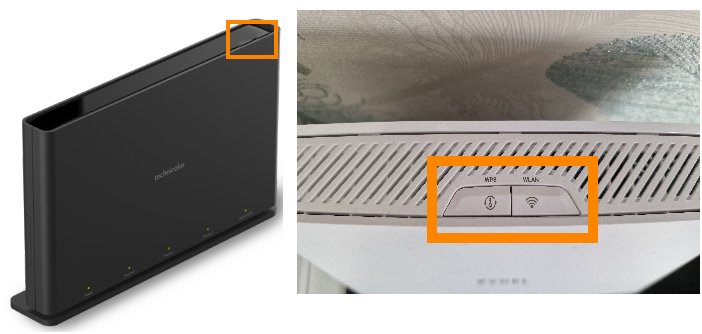
Wi-Fi Tips Video
Watch this video for top tips to keep your Wi-Fi in tip-top shape:
Reducing Wi-Fi Interference
Just like your favorite radio station, interference can disrupt the signal between the source (your KCOM router) and your device. Although the standard KCOM router provides a strong Wi-Fi signal, interference can come from:
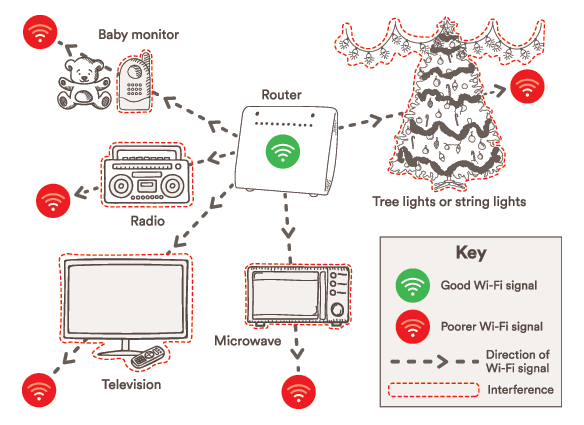
You can reduce interference in a few ways:
- Router position: make sure your router is closer to your device and away from interference sources.
- Changing your Wi-Fi channel: see this guide for instructions on changing your channel.
Did you know?
Your router works on a number of Wi-Fi channels. If your neighbor's Wi-Fi operates on the same or nearby channel, the interference may affect yours. Changing your Wi-Fi channel can reduce this interference - see our guide here.
Was this article useful?


